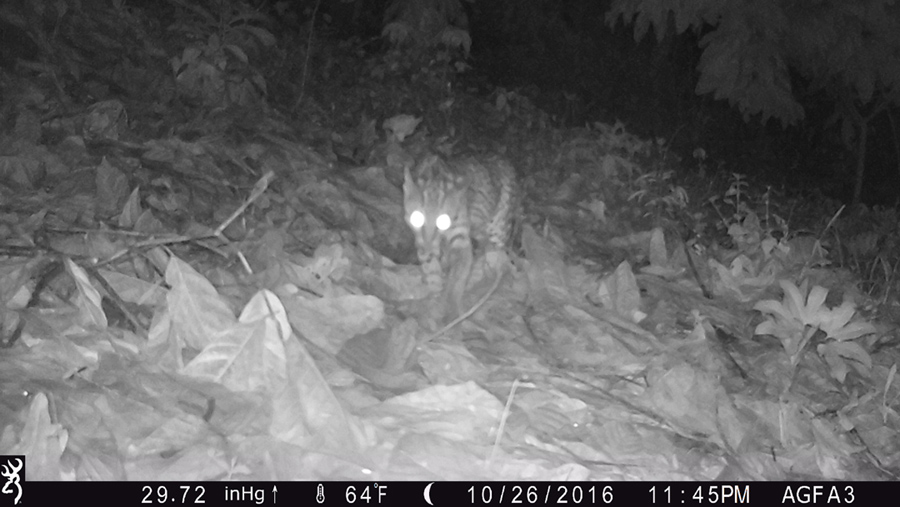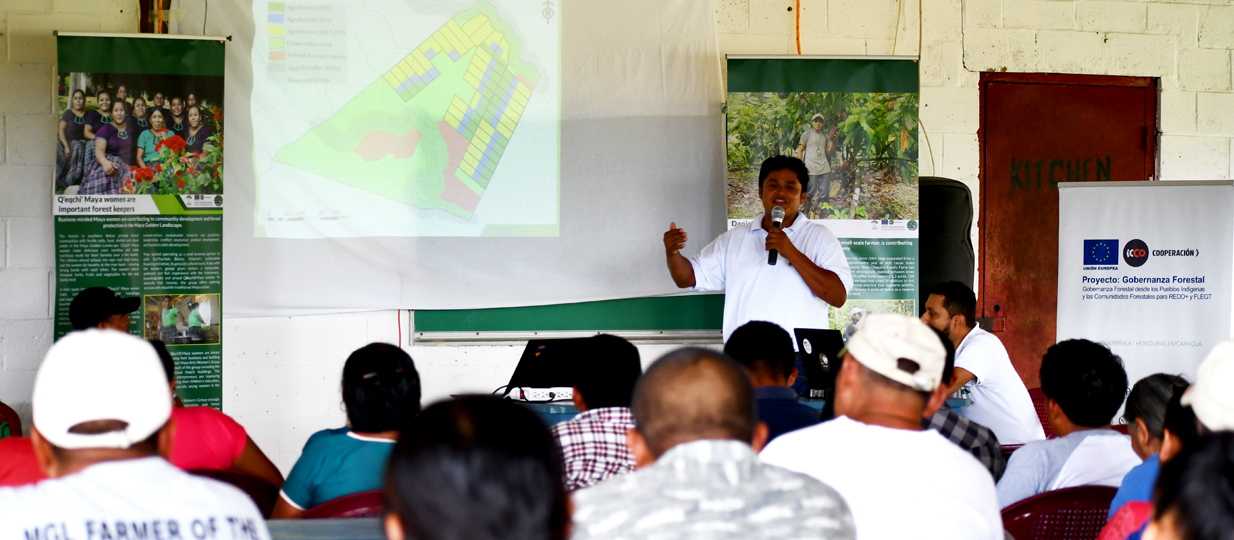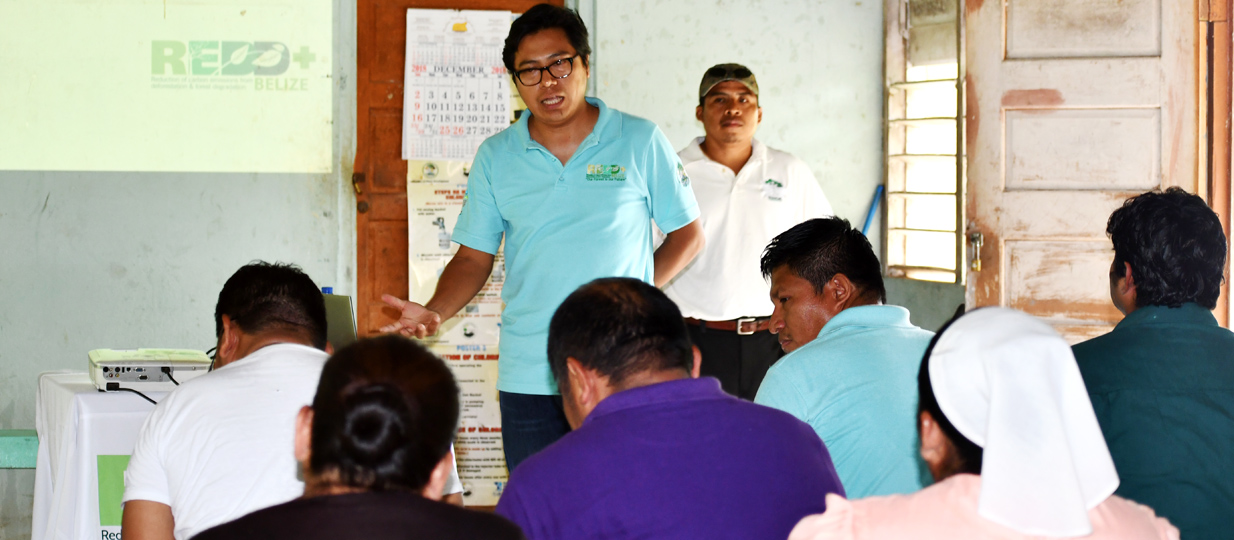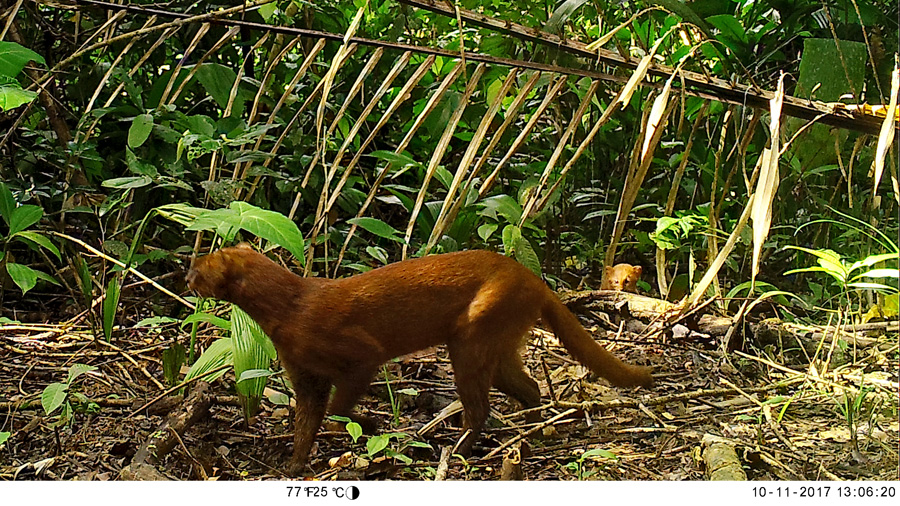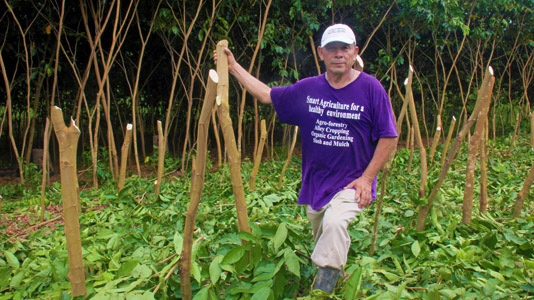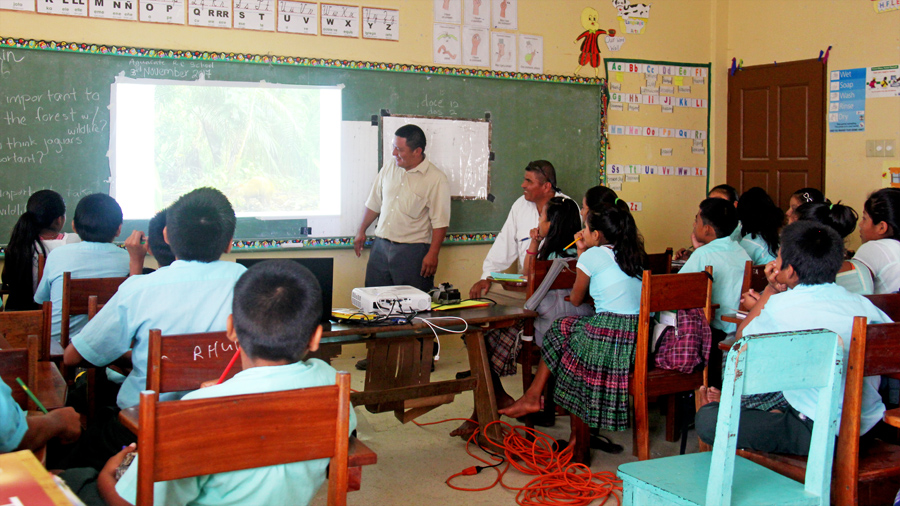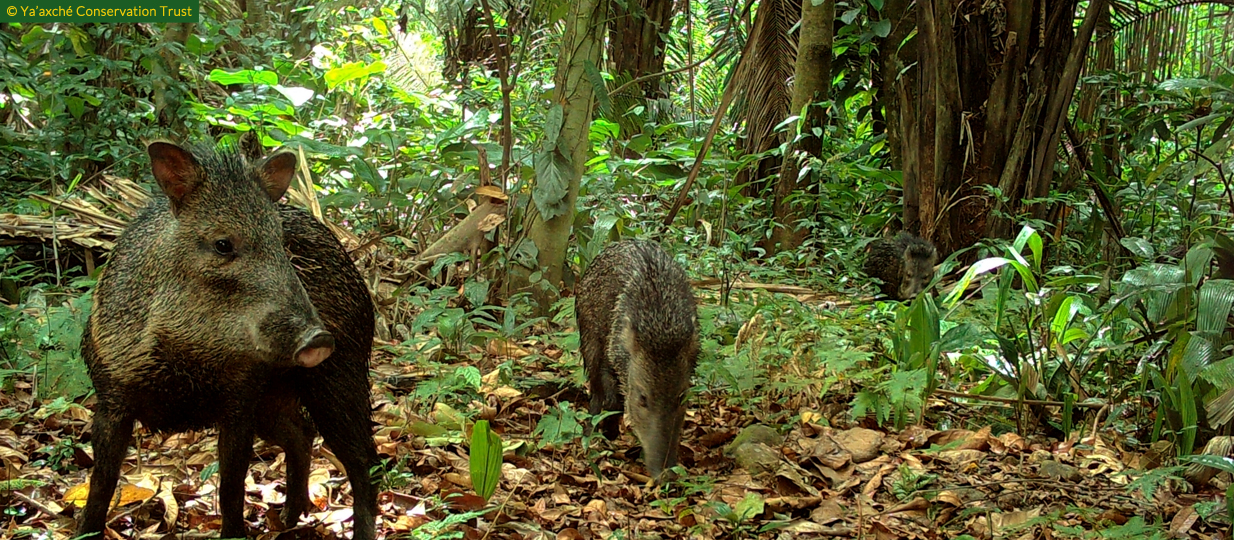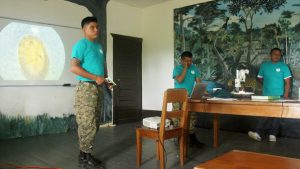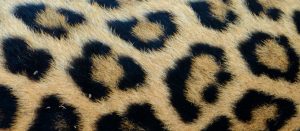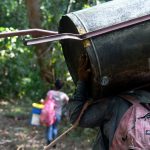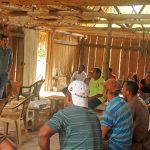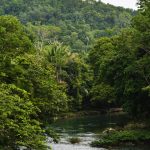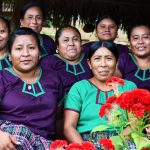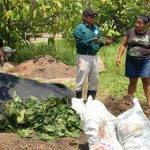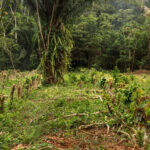Looking at animals found in cacao farms
Are the sustainable agricultural methods that we promote also providing more habitat for biodiversity than the slash-and-burn practice? This is the question that we have recently begun the quest to answer through biodiversity monitoring on cacao-based agroforestry farms. Ya’axché has been promoting sustainable agricultural practices such as cacao-based agroforestry since 2005, and much progress has been made to the adoption of these farming practices in the Maya Golden Landscape (MGL).
Prior to Ya’axché’s work in the MGL, the traditional slash-and-burn farming system dominated the landscape. The practice of cutting down forest and burning the cut vegetation to release nutrients for crops becomes unsustainable as population increases and land for cultivation becomes scarce. As a sustainable alternative, Ya’axché promotes methods that combine the use of trees and crops. One of these practices is cacao-based agroforestry, a system that requires shade, with timber and fruit trees grown among the cacao. Cacao plots in theory connect forests in order for animals to move freely within the fragmented landscape. Last year, we began to study the presence of mammal biodiversity in cacao plots in order to support this theory.
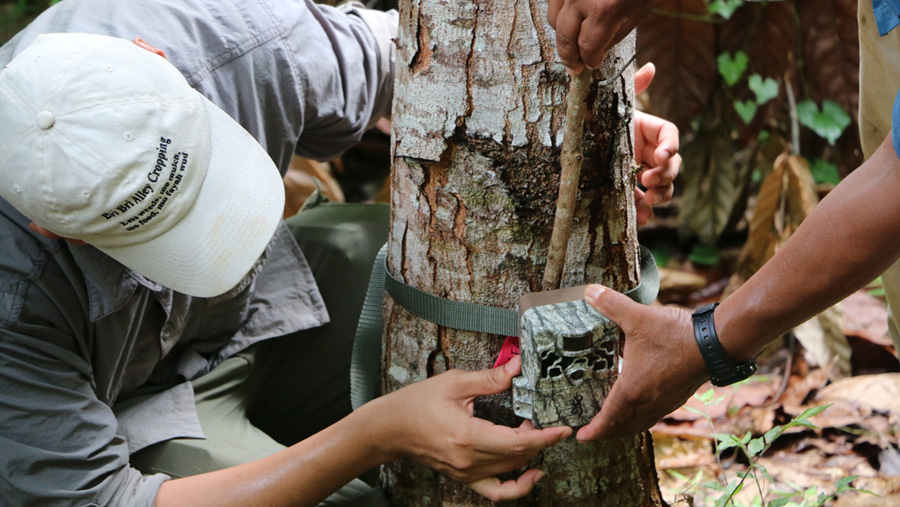
After creating a monitoring protocol, camera traps were set up in 5 cacao farms in order to observe what animals can be found on the farms. Camera traps take photographs when movement triggers the motion sensor, allowing researchers to photographically capture animals that would not be seen in person. The participating farms were carefully selected, and members of the Protected Areas Management and Community Outreach and Livelihoods teams conducted bi-monthly visits to download images from the camera traps.
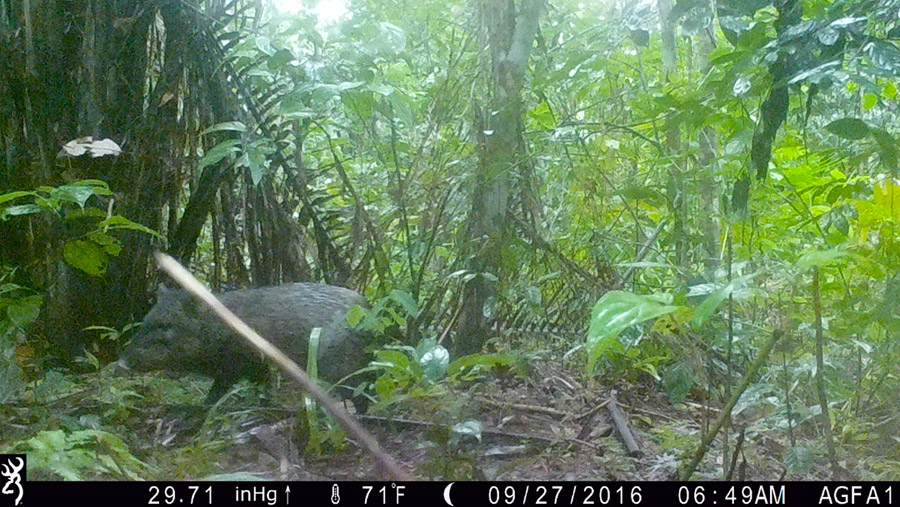
After 5 months of monitoring, the preliminary results are in! We held a meeting with over 30 farmers to share the results of the work, and the farmers were amazed to see the animals that were photographed on their farms, including agouti, gibnut, collard peccary, ocelot, armadillo, raccoon and tayra. Not only has this research provided more incentive to farmers to implement the methods we are promoting, but it has also increased our knowledge of how these practices impact wildlife. We were pleasantly surprised to see the ocelot and tayra, both of which are normally seen in forested areas and not found often in disturbed areas. The results of this project suggest that cacao-based agroforestry systems benefit wildlife. Due to the promising results, we will continue the farm biodiversity monitoring with hopes of expanding the program in the future.
This work was supported by The Conservation Food & Health Foundation.
